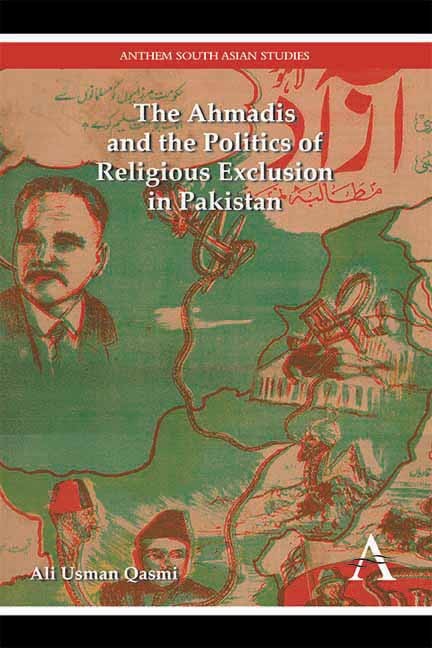Book contents
- Frontmatter
- Contents
- Acknowledgments
- Introduction
- Part I
- Chapter I The Records of the Court of Inquiry and the Munir–Kiyani Report
- Chapter II The Background to Jama'at Ahmadiyyah and the Origins of the Anti-Ahmadi Movement: The Role of Majlis-i-Ahrar and Majlis-i-' Amal
- Chapter III The Political Hierarchy and Administrative Structure of Pakistan: Contextualizing the Events of 1952–53
- Chapter IV Disturbances in Lahore and the Imposition of Martial Law
- Chapter V The Findings of the Munir—Kiyani Report
- Part II
- Debates on the Ahmadis after 1974: A Postscript
- Notes
- Bibliography
- Index
Chapter IV - Disturbances in Lahore and the Imposition of Martial Law
from Part I
Published online by Cambridge University Press: 05 September 2014
- Frontmatter
- Contents
- Acknowledgments
- Introduction
- Part I
- Chapter I The Records of the Court of Inquiry and the Munir–Kiyani Report
- Chapter II The Background to Jama'at Ahmadiyyah and the Origins of the Anti-Ahmadi Movement: The Role of Majlis-i-Ahrar and Majlis-i-' Amal
- Chapter III The Political Hierarchy and Administrative Structure of Pakistan: Contextualizing the Events of 1952–53
- Chapter IV Disturbances in Lahore and the Imposition of Martial Law
- Chapter V The Findings of the Munir—Kiyani Report
- Part II
- Debates on the Ahmadis after 1974: A Postscript
- Notes
- Bibliography
- Index
Summary
Introduction
The Munir—Kiyani report held the opinion that if the government of Punjab had adopted an aggressive policy towards those inciting violence and hatred against the Ahmadis, the religious movements would not have reached critical mass. The adoption of noncoercive measures alone would have sufficed to keep tehrik-i-khatam-i-nabuwwat within limits. But due to the inadequacy of the administrative measures adopted – either deliberately for political expediency or out of negligence and incompetence – and the reluctance of the central government to officially reject the ulema's demands, by the end of February 1953 the government had to resort to violent, coercive methods to deal with the uprising.
This chapter chronicles the events which took place after the breakdown of negotiations between the ulema, the religio-political parties and the central government over direct action, ultimately resulting in violence. Although the disturbances were widespread in many districts of central Punjab, they were at their most intense in Lahore. The provincial bureaucracy did not foresee massive support for the movement, and this miscalculation on their part led to their failure to impose and enforce restrictions on public gatherings, providing protestors the opportunity to group together. By the time they realized the gravity of the situation, the legal, “noncoercive” modes of restriction on public agitation were largely ineffective.
- Type
- Chapter
- Information
- Publisher: Anthem PressPrint publication year: 2014



